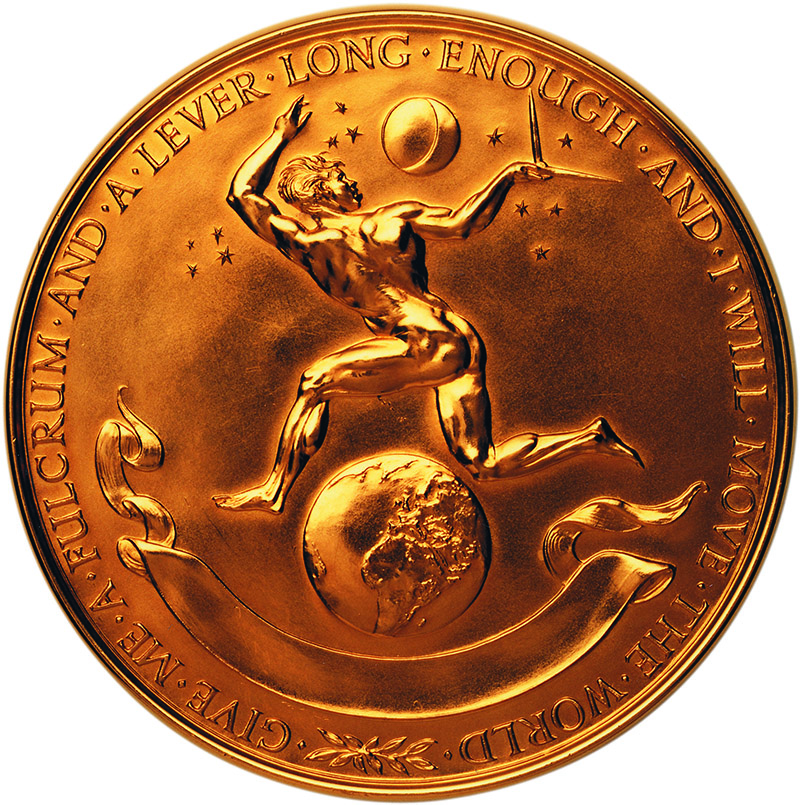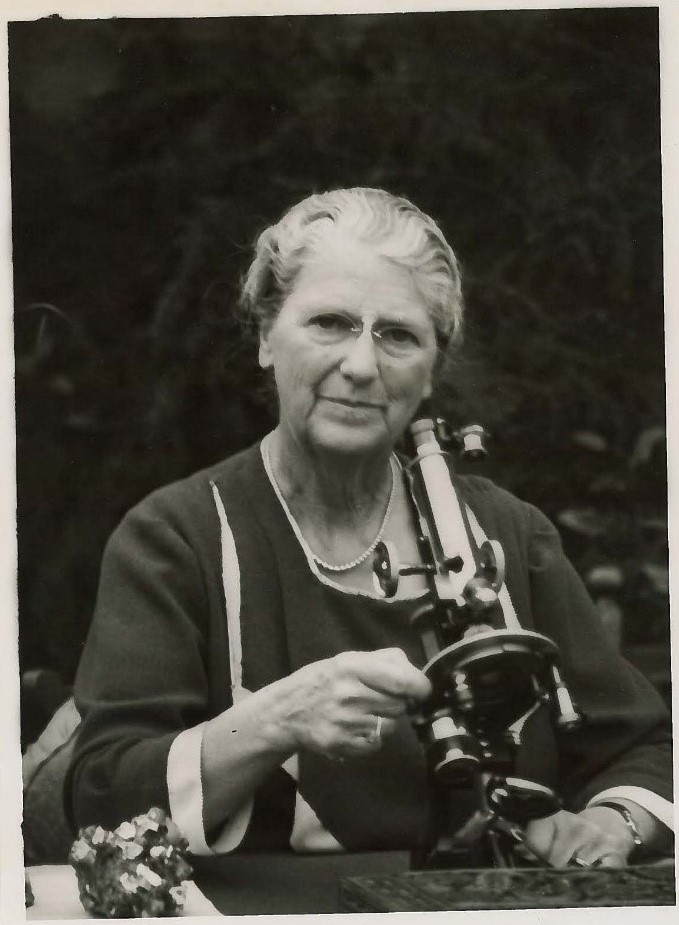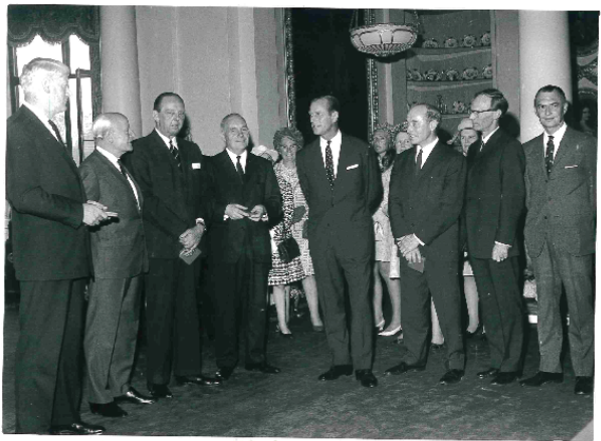2019 saw the 50th anniversary of the MacRobert Award for engineering innovation. To mark half a century of British ingenuity, the Royal Academy of Engineering asked photographer Ted Humble-Smith to create a series of photographs that capture the ideas behind some of the winning innovations—you can see them all in our online exhibition.
Read on to find out more about the intriguing history of the Award.
What is the MacRobert Award?
The MacRobert Award is the most prestigious award for the UK engineering profession. Every year it celebrates an outstanding engineering innovation that has both benefited society and been commercially successful. The winning organisation receives a gold medal and the team members a £50,000 cash prize. The award is run by the Royal Academy of Engineering, supported by the Worshipful Company of Engineers.

Over the years, winners have included the engineers behind a huge variety of pioneering products, from catalytic converters and the roof of the Millennium Dome to intelligent prosthetic limbs and the Microsoft Kinect for Xbox 360.

But the prize was inspired by a remarkable woman: Lady Rachel MacRobert.
Lady Rachel MacRobert
Rachel Workman was born in Worcester, Massachusetts, and was initially raised in Germany. After her brother Siegfried died of pneumonia in 1893, her parents sent her to Cheltenham Ladies’ College and she went on to study geology at Royal Holloway College in London. Throughout her career, she researched glacial geomorphology, petrology, and mineralogy in Scotland, Sweden and Norway. She was active in the research community and tried to attend as many scientific meetings as she could; she was never deterred by the custom that women were not allowed to join learned societies at the time.

In 1911 she married businessman Sir Alexander MacRobert, the founder of the British India Company. Together they had three children: Alasdair, Roderic and Iain. This did not discourage her research career, and she continued to publish her work as she raised her sons. She became a Fellow of the Geological Society of Stockholm before becoming one of the first female Fellows elected to the Geological Society of London in 1919. Like her mother, she was a suffragette, and often attended events and meetings supporting the movement.
Sadly, Lady MacRobert lost all three of her sons in aviation accidents, two within five weeks of each other during World War II. In response to these tragedies, she donated £25,000 to the RAF to fund a Stirling bomber called MacRobert’s Reply, as well as a further £20,000 to provide four Hurricane aircraft.
A brief history of the MacRobert Award
Between 1943 and 1950, Lady MacRobert established a series of trusts to reflect the interests of her late husband, who through hard work and study rose from humble origins to make his fortune in India, and of her American parents who were famous mountaineers, explorers and authors. The MacRobert Trust continues its work today, supporting charitable causes and maintaining the family estate in Aberdeenshire. This includes Douneside House—now a country house hotel—and Alastrean House, which was originally set aside by Lady MacRobert for RAF pilots to rest and recuperate and is now run as a care home.
In 1967 the Board of the Trust was looking for new ways to distribute its charitable funds. Donald Heughan HonFREng, an engineer and Trustee of the MacRobert Trust, was keen for the Trust to make a significant mark. He wrote:
“I believe the Trustees should be searching for a project which sparks their imagination. It must surely meet the purposes of the various Trust deeds and yet, at the same time, should provide a positive sense of purpose and be of benefit to the country on a wide scale.”
There was no similar prize for engineering anywhere in the world, and at the time, the £25,000 award was more than the Nobel Prize (it was doubled to £50,000 in 1993). HRH The Duke of Edinburgh presented the first award at Buckingham Palace in May 1970, to teams from Rolls-Royce for the Pegasus engine and to Freeman, Fox and Partners for their design of the deck of the Severn Bridge.

In the video below, you can hear from some of the winners and find out more about the award and its history.